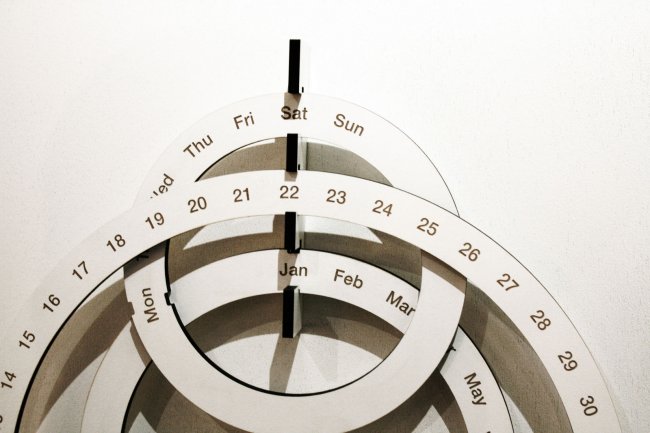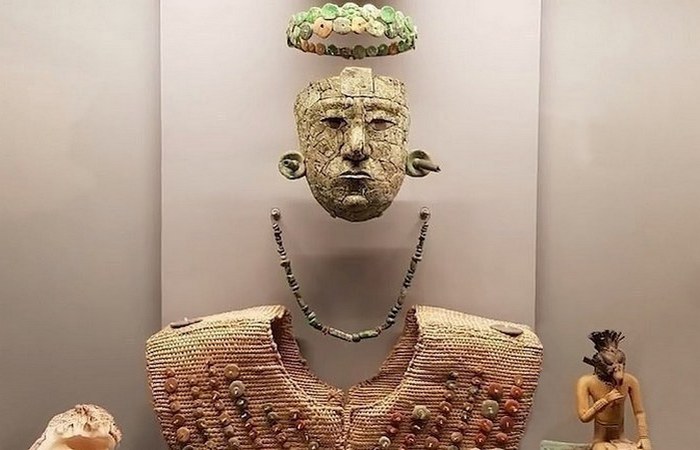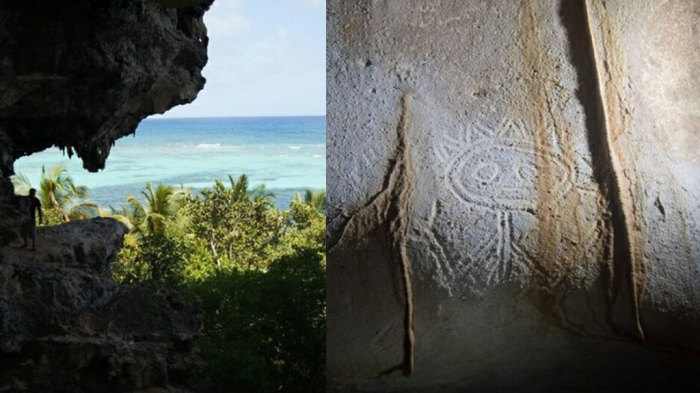assumed that people
Decorations of Neanderthals, figurines from Ghana and other ancient art objects, which pushed for scientific discoveries
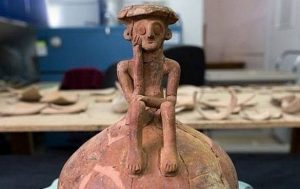 People just need food, air, water and creative expression. And so, judging by the findings of archaeologists, it was even millions of years ago. Perhaps some works of art created by our distant ancestors seem naive and ridiculous, but still archaeologists believe that Neanderthals had a subtle sense of fashion, ancient artists took the risk to create their paintings, and at least one ancient musical instrument used in our day.
People just need food, air, water and creative expression. And so, judging by the findings of archaeologists, it was even millions of years ago. Perhaps some works of art created by our distant ancestors seem naive and ridiculous, but still archaeologists believe that Neanderthals had a subtle sense of fashion, ancient artists took the risk to create their paintings, and at least one ancient musical instrument used in our day.
1. Neanderthals used “wearable sequins”
Several discoveries in Spain show that Neanderthals were much more advanced than previously thought. The first such discovery was made in 1985 in Cueva de los Aviones, a cave in Murcia. There, archaeologists discovered a bunch of holed shells, which, according to them, tens of thousands of years ago were strung on a string and worn as a necklace. Continue reading
Skulls with patterns and other mysteries of the ancient Turkish city of Gobekli Tepe, which became an archaeological sensation
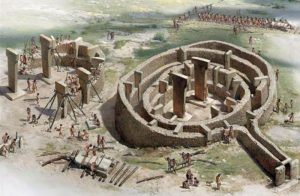 The place where the ruins of Gobekli-Tepe are located first came to the attention of scientists back in the 1960s. However, at first almost no one paid attention to the archaeological find. Only at the turn of the XX-XXI centuries, the scientific community recognized the great importance of this temple complex, which harbors many mysteries and makes rethink the whole history of mankind.
The place where the ruins of Gobekli-Tepe are located first came to the attention of scientists back in the 1960s. However, at first almost no one paid attention to the archaeological find. Only at the turn of the XX-XXI centuries, the scientific community recognized the great importance of this temple complex, which harbors many mysteries and makes rethink the whole history of mankind.
1. The scale of construction causes only guesswork.
For a long time nobody knew about Gobekli-Tepe. Nearby residents, who plowed up a field here and grew oats, continually cleaned the stones that prevented them, did not even suspect that in this way they destroyed the upper part of the temple, built back in the Stone Age.
Near the round-shaped sanctuary, archaeologists have discovered several smaller structures. Since there are no signs that the people lived here, the buildings were most likely intended for rituals. Continue reading
What did the ancient Roman city of Herculaneum look like, buried under the lava of Vesuvius?
 Herculaneum is one of the three cities that fell victim to the eruption of Vesuvius in 79 year. The ruthlessness of nature, which destroyed the inhabitants and their homes, impresses everyone who is familiar with the history of these cities, but the irony of fate is such that it is thanks to this monstrous cataclysm and the speed with which it hit Herculaneum, the world after almost two thousand years can look into this city as if it existed today.
Herculaneum is one of the three cities that fell victim to the eruption of Vesuvius in 79 year. The ruthlessness of nature, which destroyed the inhabitants and their homes, impresses everyone who is familiar with the history of these cities, but the irony of fate is such that it is thanks to this monstrous cataclysm and the speed with which it hit Herculaneum, the world after almost two thousand years can look into this city as if it existed today.
Herculaneum was located on the shores of the Gulf of Naples. It was – because the eruption changed the geography of these places, literally “pushing” the sea from the city. The number of local residents at the time of the disaster numbered several thousand.
On the day of the eruption, August 24, 79, when the main attack of Vesuvius sent to Pompeii and Stabiae – cities that were buried in a matter of minutes under volcanic ash, residents of Herculaneum, where the amount of ash fell was small, left their homes and headed towards the hangars near Sea, where they hoped to wait out the impact of the elements. Continue reading

